The fascinating 1,300-year history of Sunderland's St Peter’s church – and the man who called it ‘Sonderlonde’
and live on Freeview channel 276
But how much do you know about this internationally renowned place of worship here on our doorstep? Have you ever even been in? We guarantee it’s worth the effort.
The church was built in AD 674. For context that was about a century before the Vikings came to charm us, almost 400 years before William the Conqueror took over and nearly a millennium before Oliver Cromwell spoiled all the fun.
Advertisement
Hide AdAdvertisement
Hide AdIt’s asking much to squeeze so much history into the allotted space, but we’ll have a crack anyway.
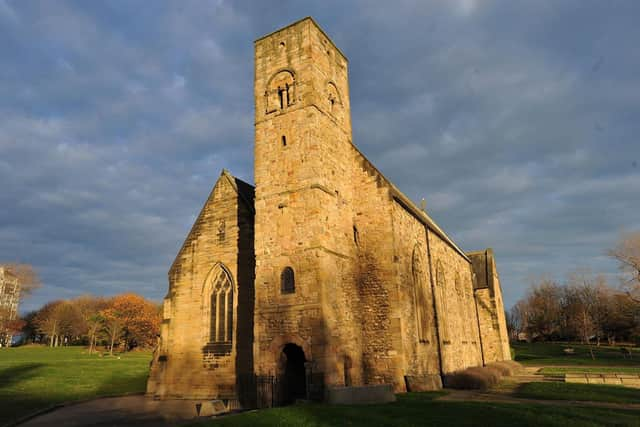

In the beginning…
St Peter’s was part of Monkwearmouth’s abbey and founded by Benedict Biscop, who also later founded the sister site, St Paul’s in Jarrow, in 685. Benedict is Sunderland’s patron saint.
The land on which St Peter’s stands was granted by King Ecgfrith of Northumbria. Ecgfrith’s piety didn’t save him from being slain at the 685 Battle of Dun Nechtain to Picts led by King Bridei III (yes him).
The land had possibly been a Roman site. There is evidence of Roman stone nearby and inside is what appears to be a Roman altar. Early Anglo-Saxon churches were often built over Roman sites.
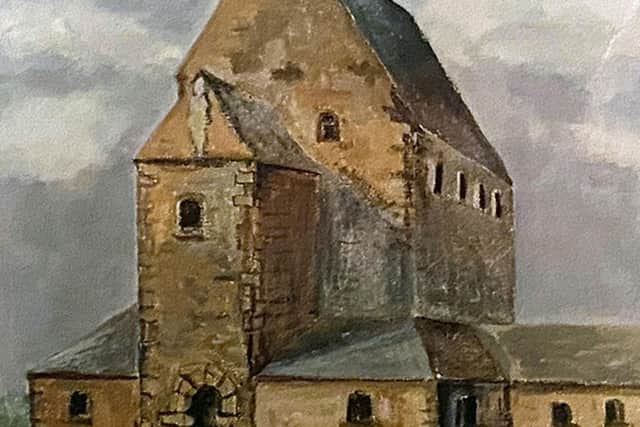

Advertisement
Hide AdAdvertisement
Hide AdIt was built as a monastery, similar to others in Italy and France. When the Victorians restored it they had to bring in stone masons and glaziers from France. No one in Britain had the requisite skill.
Only the church’s west wall is original. The porch with its distinctive serpent carvings came about 30 years later. Although the rest of the current church is not original, it is still extremely old.
For example the rest of the tower above the porch is 10th century, although this makes it a slip of a lad compared to the west wall.
Bede
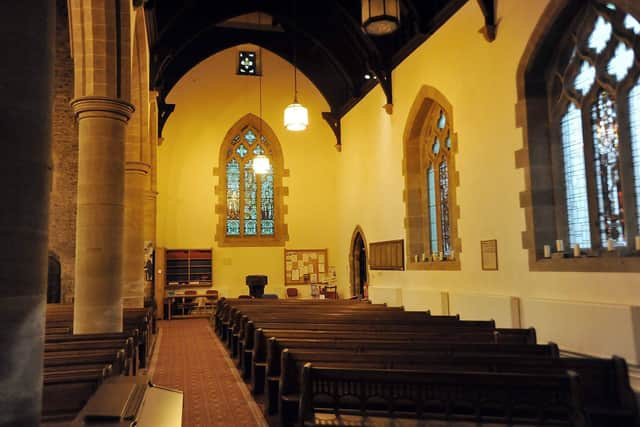

Benedict’s fame has long been paled by that of the Venerable Bede, who entered the monasteries at both St Peter’s and St Paul’s aged seven in about 679.
Advertisement
Hide AdAdvertisement
Hide AdHe stayed in the monasteries his whole life and became the foremost scholar of his time; a prolific writer of history, geography, hagiography, science, poems and more.
His best known work is his smash hit Ecclesiastical History of the English People, which gave an account of every significant event in this country between the Roman Invasion and 731 when the book was written.
It’s a highly important reference book on Anglo-Saxon history, which gave England some identity as it emerged from the Dark Ages as a scattering of separate kingdoms.
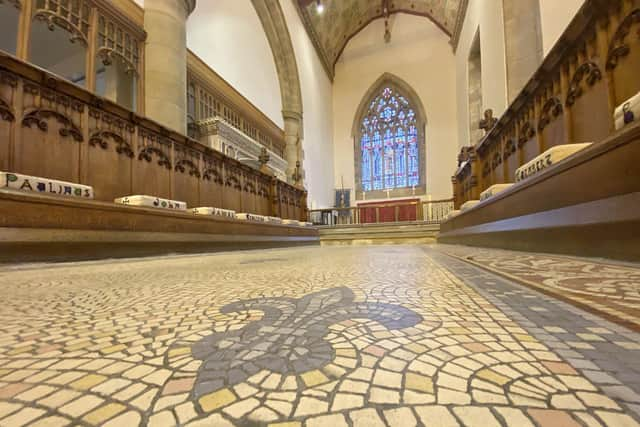

Much of it was written at St Peter’s. Although generally agreed to be short on laughs, it’s still the most important work of literature to emerge from Sunderland.
Advertisement
Hide AdAdvertisement
Hide AdBede’s Codex Amiatinus, the earliest surviving complete Latin bible, was also written in Monkwearmouth and presented to Pope Gregory II in 716. It remains in Florence today, although the British Library was allowed to display it in 2018 (understandably they wouldn’t loan it out).
Bede also popularised the AD dating system. So he wasn’t what might be termed a layabout and achieved all of this during the so-called Dark Ages.
Incidentally he referred to Sunderland as “Sonderlonde”. Ha’way the lads.
After Bede
The Vikings (booo!) turned up in around 800 and did what they are best known for. Scorch marks on the stonework are still visible. This ushered in a period of decline before the church was restored in the late 11th century.
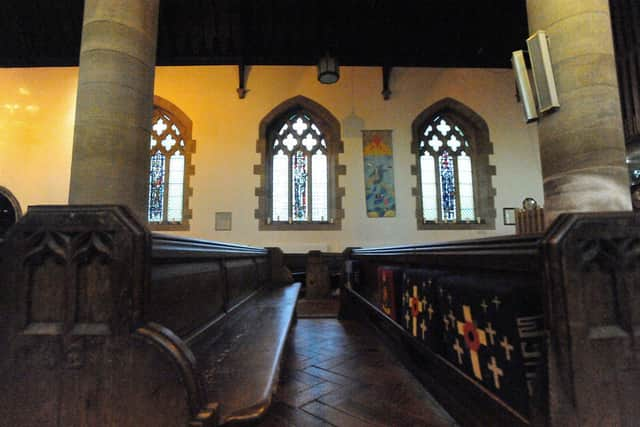

Advertisement
Hide AdAdvertisement
Hide AdGothic “modern” parts of the church came in the 13th century when the north aisle was built. A beautiful east window was added in the 14th.
In the 1220s St Peter’s became part of Durham Priory and a teacher, known as the Master of Wearmouth, was sent to educate. The role of Master of Wearmouth lasted until 1536 when it fell victim to Henry VIII’s infamous Dissolution of the Monasteries.
The psychotic Tudor fatty wanted rid of Catholicism and so appropriated many monasteries, booted out the clergy and kept all the treasure. St Peter’s was at least spared being razed to the ground. Others were less fortunate.
The church once stood on a small hill, but in the mid-19th century the ballast from ships was dumped there to create the topography we see today. It was later surrounded by houses.
Advertisement
Hide AdAdvertisement
Hide AdEarlier that century the arcade of the north aisle and most of the chancel arch were removed, with galleries created.
St Peter's was restored in 1875. The east window of the chancel was replaced, the north aisle rebuilt and an organ loft installed.
Modern times
In 1973 the Duke of Edinburgh officially laid the foundation stone for a new chapter house. In 1985 the chancel roof was destroyed by fire, but replaced.
The most recent event of note (depending on whom you ask) was in January 2020, when the UK Cabinet met at the nearby National Glass Centre. Leader of the House of Commons, Jacob Rees-Mogg, called in for an unpublicised visit.
Advertisement
Hide AdAdvertisement
Hide AdHe later said on Instagram: “It is well worth visiting and the welcome is wonderful.”
This is a very superficial history of the place. We have barely scratched the scratchings of the surface. What we suggest therefore, whatever you believe, is that you visit the place yourself.
St Peter’s is of course a working church with services on Sundays and Wednesdays at 11am. Guided tours are available during the week.
Perhaps surprisingly, they are a little short of both volunteers and visitors these days. Schools are especially welcome. It has parking, accessible toilets, baby changing facilities, a ramped entrance, a hearing (induction) loop, Braille and a small cafe – Bede's Bakehouse.
Advertisement
Hide AdAdvertisement
Hide AdJesus mentioned a lamp being placed under a bushel. Perhaps Sunderland has done this with St Peter’s. Wearsiders can help as both volunteers, visitors and word spreaders.
What are you waiting for? Go to www.monkwearmouthcofe.com/st-peters.
